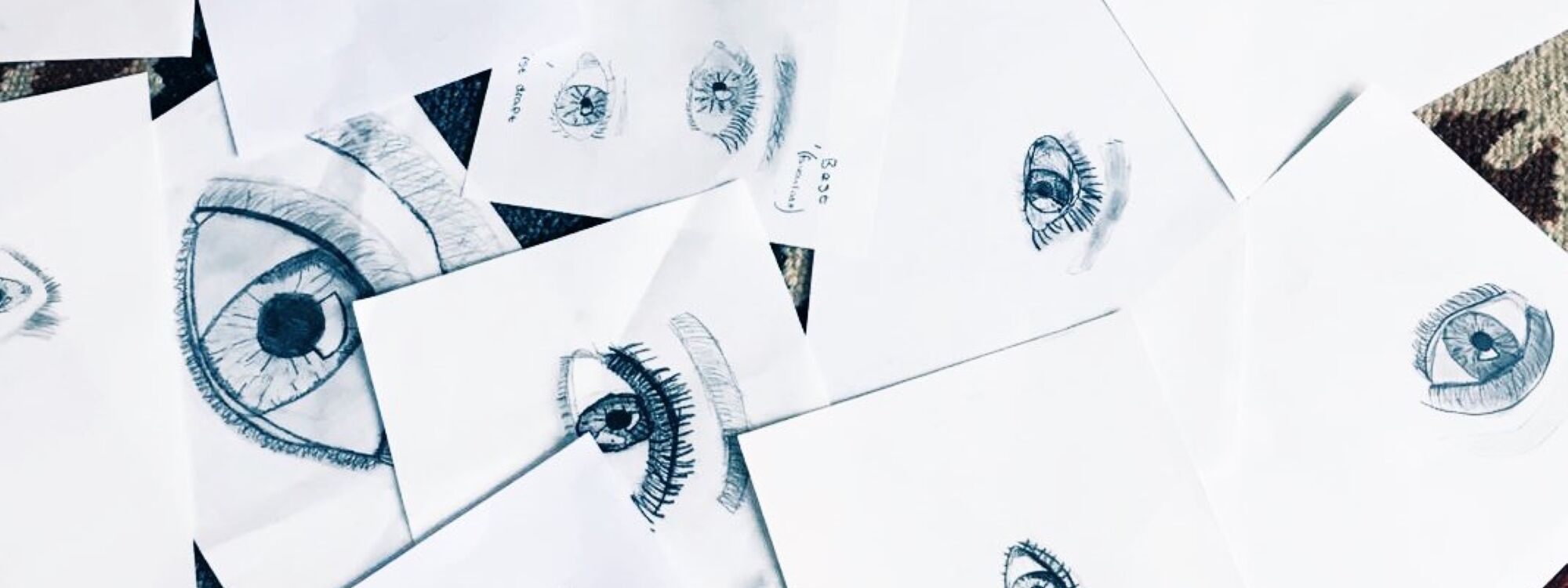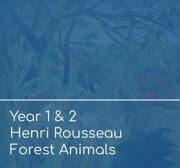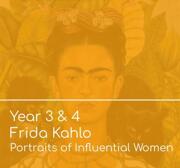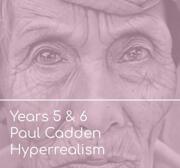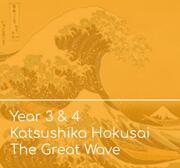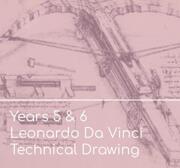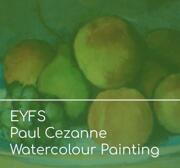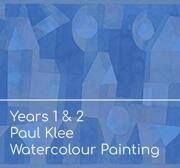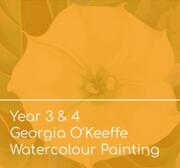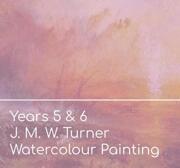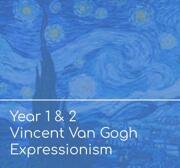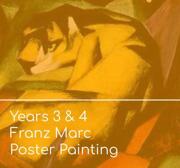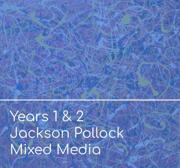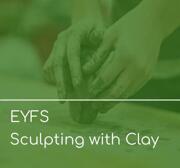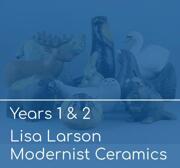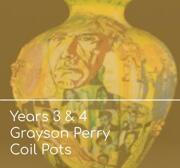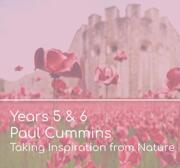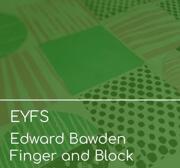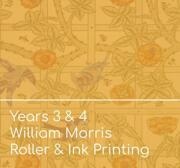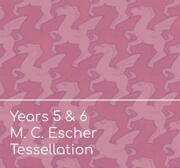Art
At Portfield, our art curriculum is designed to systematically build pupils' understanding of core artistic concepts throughout their time at our school. From EYFS through to Year 6, children engage with and revisit fundamental ideas, progressively deepening their comprehension and application.
The key concepts explored include:
-
Shape: This refers to the two-dimensional outline or external appearance of an object or area. Shapes can be geometric (like circles, squares, triangles) or organic (like those found in nature).
-
Colour: This describes the property of light that is reflected by an object, producing different sensations on the eye. Key aspects include tints (adding white to colour), shade (adding black to colour) and tone (lightness or darkness).
-
Form: This refers to a three-dimensional object or the illusion of a three-dimensional object on a two-dimensional surface. It has height, width, and depth.
-
Pattern: This is created by the regular or irregular repetition of an element or motif. Patterns can be found in nature or be designed intentionally.
-
Line: This is a mark made by a moving point. Lines can vary in length, width, direction, and texture, and can be used to define shapes, create contours, or suggest movement.
-
Space: This refers to the areas within, around, between, or above objects in an artwork. It can be positive (occupied by objects) or negative (empty areas), and artists manipulate it to create the illusion of depth or flatness.
-
Texture: This describes the perceived surface quality of an artwork. It can be actual (how something physically feels) or implied (how it looks like it would feel).
Our structured approach to conceptual understanding ensures that concepts are not taught in isolation but are continuously revisited and expanded upon, allowing pupils to develop increasingly sophisticated artistic understanding and application. Through practical activities, analysis of diverse artworks, and critical reflection, children build a robust foundation in art theory and practice.
Knowledge and techniques are integral to building this conceptual understanding. As pupils learn specific techniques (e.g., how to blend paint, use cross-hatching for shading, or sculpt with clay), they gain the practical ability to represent and manipulate the concepts. For example, mastering shading techniques (a practical skill) directly enables them to create the illusion of form and space in a drawing. Similarly, experimenting with different brushstrokes (a technique) helps them to understand and depict texture and line effectively.
The knowledge and techniques taught in our art lessons build on previous learning as pupils move through the school and opportunities for knowledge and technique retrieval are built into the curriculum to ensure that pupils retain the learning in the long-term. Please see our ' Art Sequencing of Concepts' document, our 'Art Progression of Knowledge and Techniques' documents and our 'Art Knowledge Organisers' by clicking on the relevant boxes/links below.
Drawing
Knowledge and Techniques Progression - Drawing
EYFS |
Years 1 & 2 |
Years 3 & 4 |
Years 5 & 6 |
|
Self Portraits |
Forest Animals |
Influential Women |
Hyperrealism |
|
The Great Wave |
Technical Drawing |
Painting
Knowledge and Techniques Progression - Painting
EYFS |
Years 1 & 2 |
Years 3 & 4 |
Years 5 & 6 |
|
Watercolour Painting |
Watercolour Painting |
Watercolour Painting |
Watercolour Painting
|
|
|
Poster Painting |
Poster Painting |
Spray Painting |
|
Mixed Media |
Sculpting with Clay
Knowledge and Techniques Progression - Sculpting with Clay
EYFS |
Years 1 & 2 |
Years 3 & 4 |
Years 5 & 6 |
|
Sculpting with Clay |
Modernist Ceramics |
Coil Pots |
Nature |
Printing
Knowledge and Techniques Progression - Printing
EYFS |
Years 1 & 2 |
Years 3 & 4 |
Years 5 & 6 |
|
Finger and Block |
Block Printing |
Roller Ink Printing |
Tessellation |
